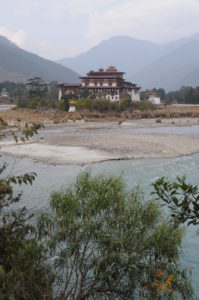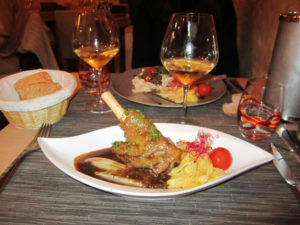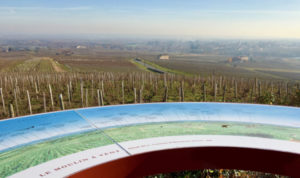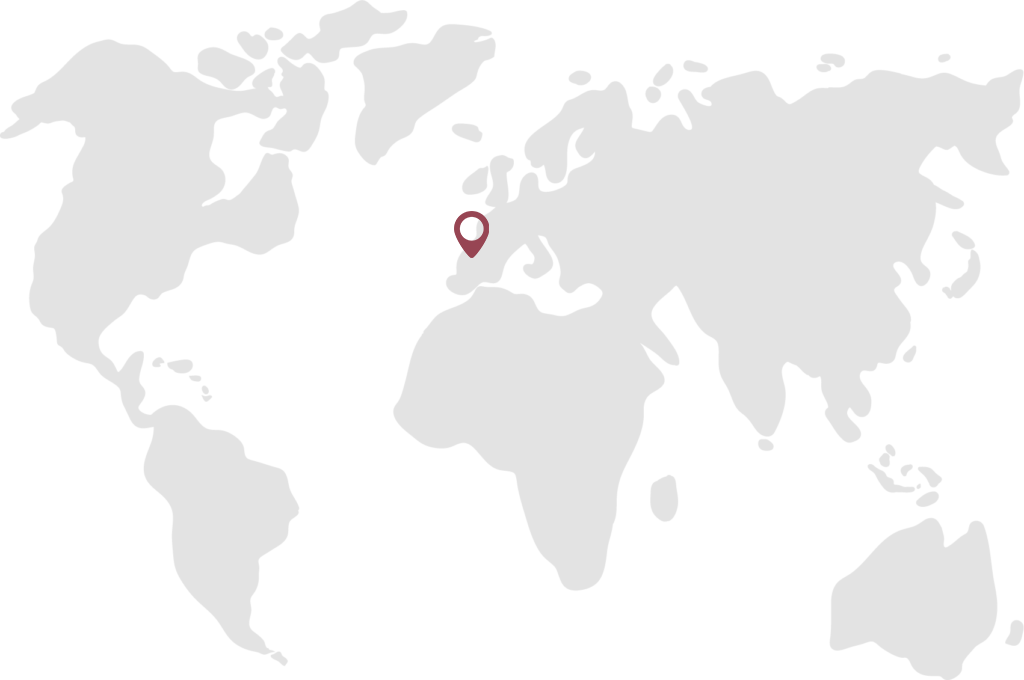Last week I was fortunate enough to be invited to taste 2016 wines in Saint-Émilion by author Gilles Berdin (his book series of interviews with winemakers is excellent). We began at Château Angélus where I spoke with both the owner Hubert de Boürd de Laforest, and his daughter Stéphanie de Boüard-Rivoal, who is now Managing Director for the estate.
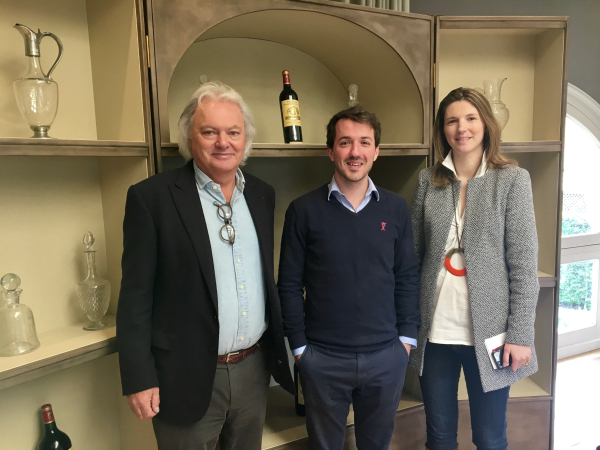
Earlier this week I included interviews with them in two separate Forbes articles. In summary, this renowned wine château has been owned and managed by the same family for 235 years, and they plan to maintain that structure while global conglomerates gobble up precious acres around them. Their aggressive plan is three-fold: to keep the château within the family (setting up legal vehicles to do so), to expand their business (including running an excellent restaurant and hotel in the small nearby city of Saint-Émilion), and to take the quality of their wine to an even higher level. The dynamics of the lucrative Bordeaux wine scene can be quietly fluid, and for a family to retain reins of their estate requires determination and clear vision.
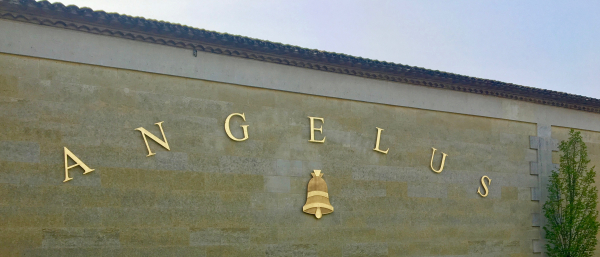
I was impressed by their friendliness, clarity of thought, down-to-earth pragmatism and respect for quality. The interviews with them provided jewels of insight regarding the value of family and focus.
Afterwards, we managed to slip into Château Cheval Blanc (merci again, Gilles) for a taste of their supremely light wines. Beautiful.
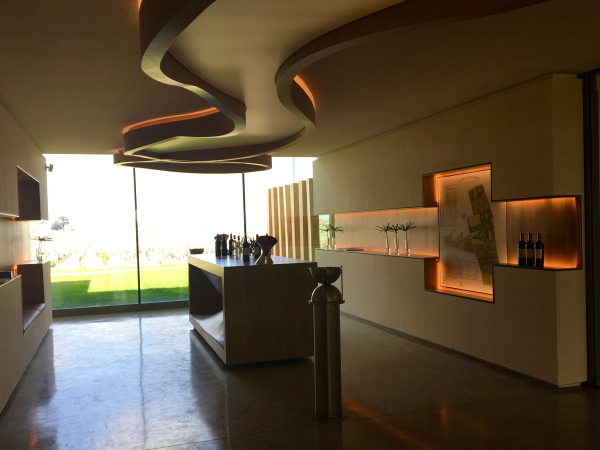
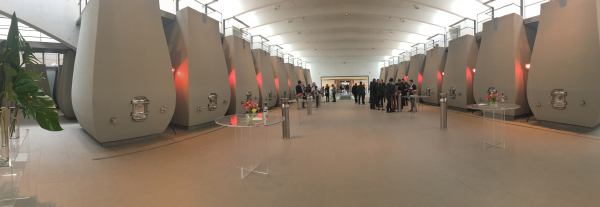
Because Cheval Blanc and Château d’Yquem of Sauternes are now owned by conglomerate LVMH, we were also able, at the same venue, to enjoy a few splashes of that Yquem liquid gold—thanks to winemaker Sandrine Garbay.
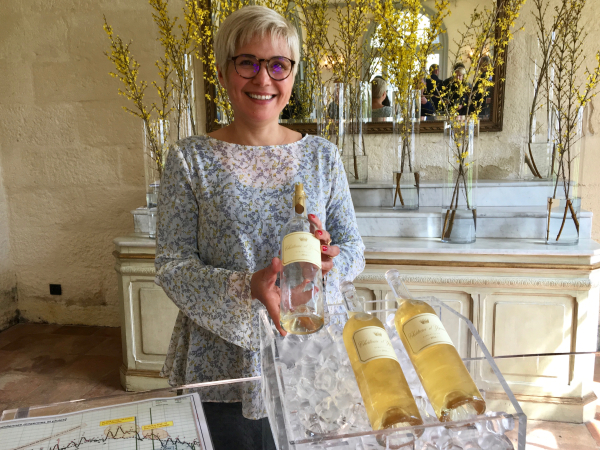
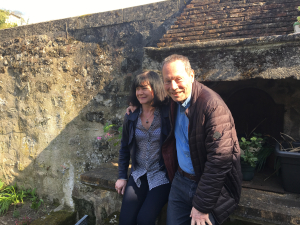
We then visited Valandraud wines in Saint-Émilion, from where—decades ago—Murielle Andraud and Jean-Luc Thunevin launched ‘garage wines’ that revolutionized wine making in the region. We sipped a glass with them and enjoyed sunshine in their garden that was buzzing with wine aficionados.
More than a quarter century ago the couple grew vines on less than a hectare. The wine had no classification but that of Saint-Émilion. Jean-Luc then often complained about winemakers’ hands being tied by regulations. In time their hand picked, hand-destemmed, low-yield wines won a reputation. They now own several wine stores in the city and sell wines that not only command a good price, but are well-respected.
Last week we also enjoyed the springtime of wines, Printemps des Vins, here in our local Citadelle in the town of Blaye. The good news is that the wines tasted—across the board—were far better than even two years ago. Vapid, visionless and insipid oak bombs have been replaced with easygoing tastes of bright fruit, indicating that Blaye is turning a page in terms of wine quality.
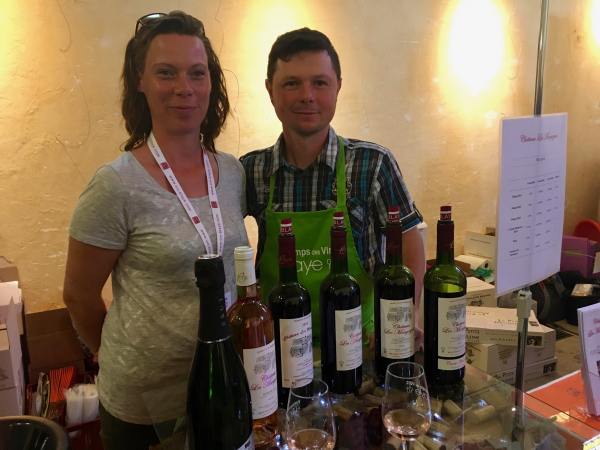
Later this week I will post two other Forbes pieces about millennials. One is about a young winery owner and a winemaker, both from the East Coast of the U.S., who are determined to make decent quality ‘craft’ wine for less than $20 a bottle in California. Both studied at culinary school, and both want to rock the market for that wine price point—which is now often associated with plonk in the U.S.
The other article is about a soon to be launched book that relates to the Parisian food phenomenon known as ‘bistronomy’ and the economic crisis. The book is titled The New Paris by Lindsey Tramuta. The author is a particularly articulate young woman who now lives with her French husband in Paris and who documented how the economic crisis led to improvements in much of that city—for the better.
Again, thanks for tuning in.
